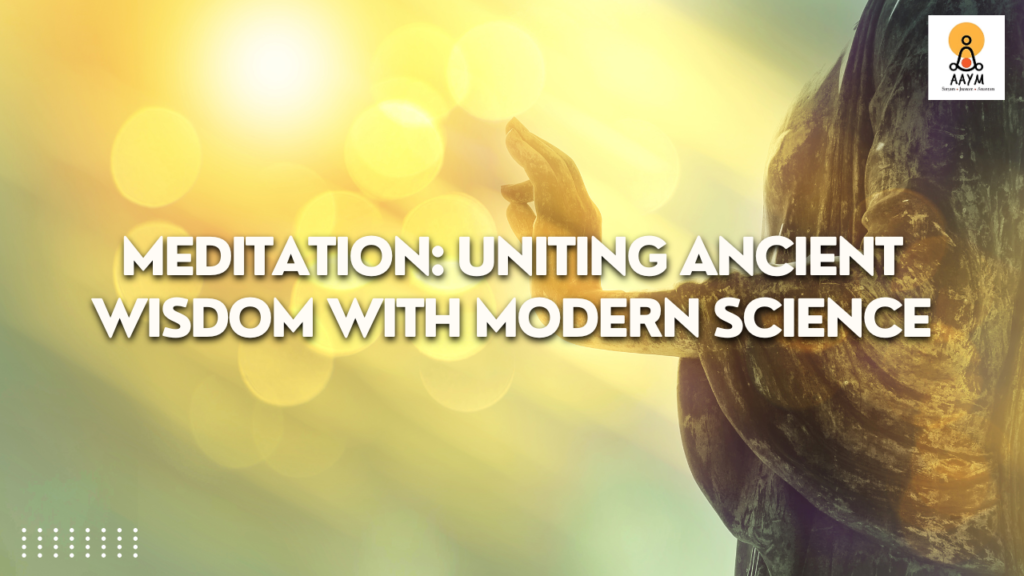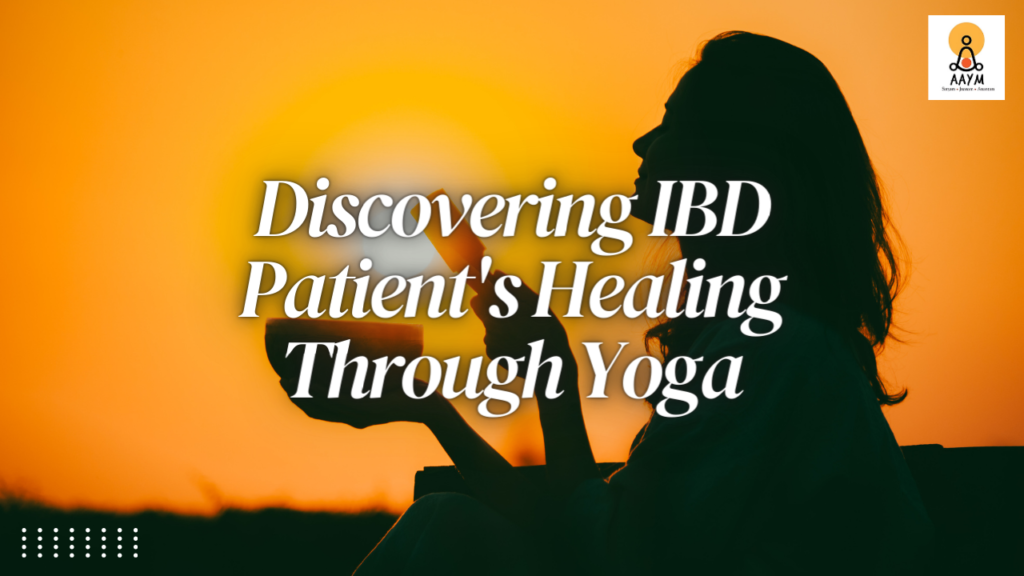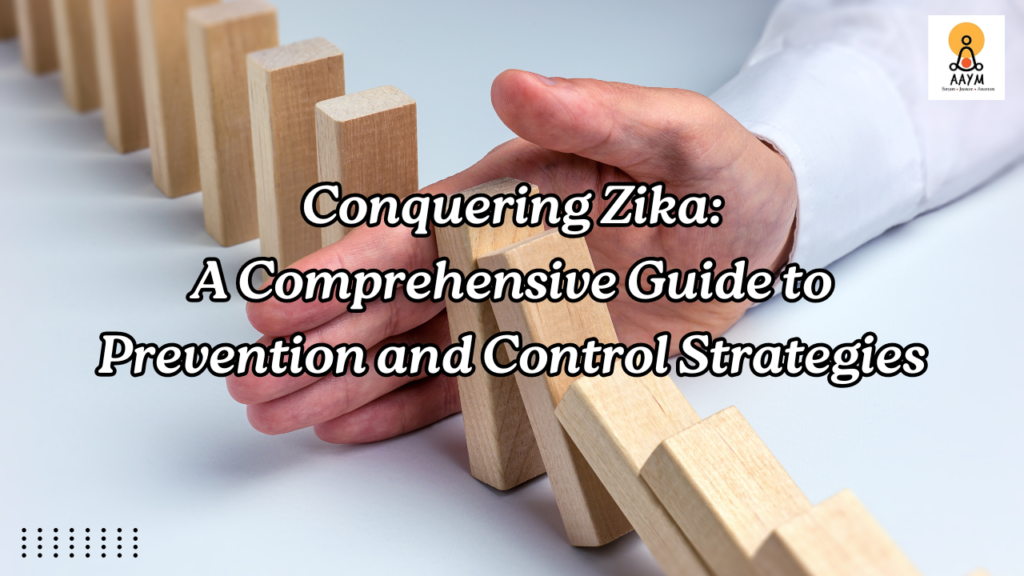Meditation: Uniting Ancient Wisdom with Modern Science
Meditation, once reserved for spiritual seekers, has emerged as a cornerstone of mainstream wellness, supported by an ever-expanding body of scientific evidence. Despite its ancient origins, meditation’s relevance in the modern scientific landscape continues to grow, revealing its profound impact on both the mind and body. This time-honored practice has captivated researchers globally, prompting extensive studies into its effects on brain function, physiology, and overall health. However, as meditation gains popularity as a standalone practice, its symbiotic relationship with yoga, its traditional foundation, requires careful examination. In the Ashtanga Yoga system outlined in the Patanjali Yoga Sutras, meditation is the seventh step, preceded by moral guidelines (Yamas) and self-discipline (Niyamas). These foundational principles are essential for individuals seeking to embark on the meditative journey. Physical postures (Asanas) provide a stable platform for meditation, while controlled breathing (Pranayama) aids in focus and relaxation. Various relaxation techniques further enhance the meditative experience. Thus, meditation has always been regarded as an integral aspect of advanced yoga practice, leading to heightened awareness and a state of effortless expansiveness. While meditation can stand alone as a practice, divorcing it from yoga may result in diminished benefits. Integrating meditation into the broader scope of yoga offers a more holistic approach to well-being, deeply rooted in ancient Eastern knowledge systems. While numerous meditation techniques have emerged over time, their fundamental objective remains consistent: to cultivate focused awareness and inner tranquility. Initial scientific inquiries into meditation sought to understand the extraordinary abilities exhibited by experienced practitioners. These studies unveiled significant physiological changes resulting from advanced meditation practice, including the capacity to voluntarily control involuntary bodily functions. These changes, akin to physiological hibernation, manifest as reduced metabolic rates and enhanced cognitive functions. Scientific exploration of meditation can be categorized into three main areas: Physiological Changes: Studies demonstrate that meditation leads to a reduction in physiological activity, encompassing heart rate, respiration, and stress hormone levels. This elicitation of a relaxation response results in decreased anxiety levels and an overall sense of well-being. Neural Correlates: Research utilizing advanced neuroimaging techniques has highlighted meditation’s profound impact on brain plasticity, the brain’s ability to reorganize and form new neural connections. Experienced meditators exhibit structural changes in brain regions associated with emotional regulation, attention, and self-awareness. These alterations contribute to enhanced cognitive abilities and emotional resilience. Applications in Health and Disease: Meditation’s efficacy in promoting mental health, stress management, and overall wellness is increasingly recognized. Studies have demonstrated its effectiveness in managing various health conditions, including anxiety disorders, stress-related ailments, chronic pain, and post-traumatic stress disorder (PTSD). In addition to these benefits, meditation plays a pivotal role in stress management, immune system modulation, and fostering positive lifestyle changes. Regular meditation practice is associated with decreased levels of stress hormones, increased emotional resilience, and improved immune function. Meditation stands as a potent tool for enhancing both mental and physical well-being, seamlessly blending ancient wisdom with modern scientific understanding. By embracing its transformative effects and integrating it into our daily lives, we can cultivate a more balanced and fulfilling existence.









